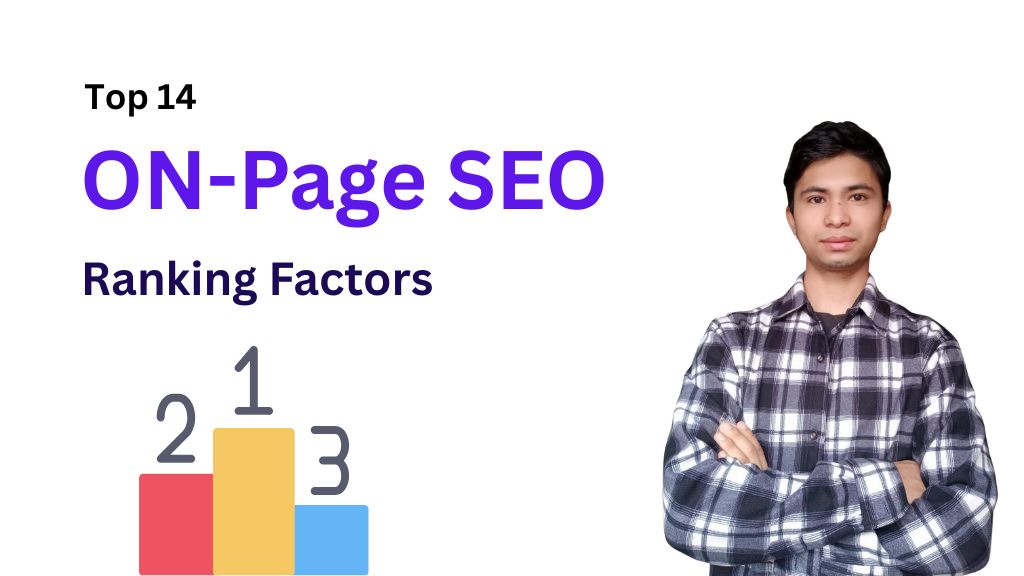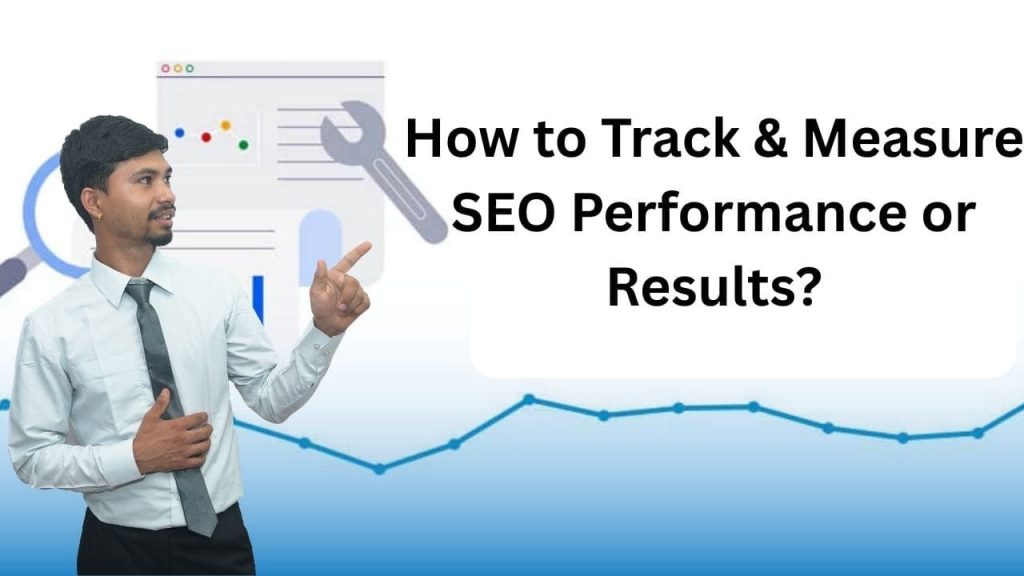Technical SEO sets the foundation for your website’s success. It helps search engines understand your site, which improves your chances of ranking higher.
Even with great content, your site might struggle if technical SEO is lacking.
In this beginner-friendly guide, you’ll learn about the most important technical SEO ranking factors to boost visibility and user experience.
The Most Important Technical SEO Ranking Factors
Here are the most important technical SEO ranking factors to consider;
1. Crawlability & Indexability
Crawlability is about whether search engine bots (like Googlebot) can access your pages. Indexability is whether those pages can be added to search engine results. If your site isn’t crawlable or indexable, it won’t show up in search, no matter how good the content is. Here’s how to ensure both:
- XML Sitemap: This is a file that lists all your key pages. It helps search engines discover and index your content faster. Submit your sitemap in Google Search Console to ensure nothing important is missed.
- Robots.txt File: This file gives instructions to bots about which parts of your site they should or shouldn’t crawl. Use it to block unnecessary or duplicate pages (like admin sections), but don’t accidentally block important content. Use Google’s Robots.txt Tester to check your file.
- Site Structure: Your site’s hierarchy should be clear and easy to follow. Key pages should be no more than three clicks from the homepage. Use logical categories, subcategories, and menus to guide users and bots.
- Internal Linking: Link related pages together using descriptive anchor text. This helps search engines understand which pages are related and how important they are. It also spreads link equity across your site.
- Broken Links: Links that lead to 404 error pages confuse bots and frustrate users. Regularly audit your site to fix broken internal and outbound links. Also, create a custom 404 page that helps users find their way back.
2. Website Speed & Performance
Website speed is one of the most important technical SEO factors. A slow site turns users away and lowers your rankings in search results. Here’s how to make your website faster and perform better:
- Page Speed: How quickly your content loads is critical. You can improve it by compressing images, minimizing code (HTML, CSS, JavaScript), using fewer plugins, and enabling browser caching. Choose a fast, reliable hosting provider.
- Mobile Speed: Since most users browse on smartphones, your site needs to load quickly on mobile devices too. Google’s algorithm prioritizes mobile performance. Use PageSpeed Insights to test and improve mobile speed.
- Core Web Vitals: These are Google’s three key metrics to measure user experience:
| Metric | What It Measures | What’s Ideal |
| LCP (Largest Contentful Paint) | Time to load the main content | Under 2.5 seconds |
| FID (First Input Delay) | Time until the site responds to a click or tap | Under 100 ms |
| CLS (Cumulative Layout Shift) | Visual stability of the page while loading | Less than 0.1 |
You can monitor these in Google Search Console under the “Core Web Vitals” report.
- Image Optimization: Large images slow down your site. Use the right image sizes, compress files with tools like TinyPNG, and save images in modern formats like WebP. Always add alt text for SEO and accessibility.
- Minify Code: Remove unnecessary spaces, comments, and extra lines from HTML, CSS, and JavaScript files. This reduces page size and improves load speed. Tools like UglifyJS and online minifiers make this easy.
- Lazy Loading: Load images and videos only when they are needed (as users scroll down). This helps improve initial load time.
Improving speed and performance is not only good for SEO—it improves your bounce rate, user engagement, and overall website success.
3. Mobile-Friendliness

With the majority of traffic now coming from smartphones, mobile-friendliness is essential. Google uses mobile-first indexing, meaning it ranks your site based on how it performs on mobile devices. Here’s how to optimize for it:
- Responsive Design: Make sure your website automatically adjusts to fit different screen sizes—phones, tablets, and desktops. This provides a smooth experience for all users.
- Mobile-First Indexing: Google primarily uses the mobile version of your site for indexing and ranking. Your mobile site should contain the same valuable content as your desktop version.
- Mobile Usability: Ensure your text is readable without zooming, buttons and links are easy to tap, and navigation is simple. Avoid intrusive pop-ups or elements that cover the screen. Test your site using Google’s Mobile-Friendly Test tool.
Making your site mobile-friendly isn’t optional—it’s a key ranking factor and crucial for keeping users engaged.
4. Security & Accessibility
Search engines (like Google) want to show safe and user-friendly websites to their users. That’s why your site should be secure and accessible to everyone, including people with disabilities.
Security (HTTPS)

- Your website should use HTTPS instead of HTTP.
- HTTPS protects your users’ data (like contact info or payment details).
- To get HTTPS, you need an SSL certificate—most web hosts offer it for free or at a low cost.
- A secure website shows a lock icon in the browser and helps build trust with visitors.
- Google gives a ranking boost to secure websites.
Accessibility (Usable for All Users)
Accessibility means making your website easy to use for everyone, including people with disabilities.
Follow these simple best practices:
- Add alt text to images so screen readers can describe them to visually impaired users.
- Use proper headings (H1, H2, H3…) to organize content. This helps both users and search engines.
- Provide transcripts or captions for videos or audio files.
- Make sure people can navigate using only a keyboard (important for those who can’t use a mouse).
- Label buttons and forms clearly so users know what each one does.
Accessible websites don’t just help users—they also follow legal standards like WCAG (Web Content Accessibility Guidelines) and improve your SEO performance.
5. Content & Site Structure

The way your website content is organized plays a key role in how search engines and users understand and navigate your site. A clear and logical structure boosts your SEO and improves user experience.
- URL Structure – Keep URLs short, descriptive, and keyword-rich. For example, use /seo-guide instead of /page?id=123. Avoid confusing symbols or numbers.
- Canonical Tags – If you have similar or duplicate content on multiple pages, use canonical tags to indicate the preferred version to search engines. This helps avoid duplicate content issues.
- Structured Data (Schema Markup) – Add extra information to your website’s code to help search engines understand your content better. You can highlight elements like reviews, FAQs, events, and products so they appear in rich results.
- 301 Redirects – When a page is permanently moved, use a 301 redirect to transfer visitors and SEO value to the new URL. Avoid using redirect chains like A → B → C → D, as they slow things down and can reduce SEO effectiveness.
- Thin Content – Pages with little or no useful information can hurt your rankings. Either expand those pages with valuable content or remove them altogether.
Getting Started with Technical SEO
If you’re just beginning:
- Start with Google Search Console to spot issues.
- Fix crawl errors, broken links, and improve site speed.
- Utilize mobile testing tools to ensure your site displays correctly on mobile devices.
- Install an SSL certificate to enable HTTPS.
- Add structured data using tools like Schema.org.
Break tasks into small steps and use beginner-friendly tools or plugins. If needed, consult a developer or SEO specialist.
Conclusion: Why Technical SEO Matters
Technical SEO isn’t a one-time task. Search engine algorithms and user expectations are constantly evolving. Keeping your website technically healthy ensures better rankings, smoother user experiences, and long-term success.
These 20 ranking factors give you a strong foundation to build on. Start simple, stay consistent, and your website will be set up to perform well now and in the future.
FAQs
Here are common questions asked by users;
1. What are the Technical SEO Factors?
Technical SEO refers to optimizing a website’s infrastructure to help search engines crawl and index it effectively. Key factors include:
- Crawling & Indexing: Ensure search engines can access and index your pages using tools like robots.txt and XML sitemaps.
- Site Speed: Improve loading times through image optimization, browser caching, and content delivery networks (CDNs).
- Mobile-Friendliness: Use responsive design and meet Core Web Vitals requirements.
- URL Structure: Use clean, descriptive, and keyword-friendly URLs.
- HTTPS Security: Secure your site with an SSL certificate.
- Structured Data: Implement schema markup for enhanced search appearance, like rich snippets.
- Canonical Tags: Avoid duplicate content issues by using proper canonicalization.
2. What Are the Top 3 SEO Ranking Factors?
The most important SEO ranking factors are:
- High-Quality Content – Content that is relevant, valuable, and well-structured for users and search engines.
- Backlinks – Links from authoritative and trustworthy websites, focusing on quality over quantity.
- User Experience (UX) – Fast-loading pages, mobile optimization, easy navigation, and low bounce rates.
3. How to Boost SEO Ranking?
To improve your website’s SEO ranking, focus on these strategies:
- Optimize Content: Use relevant keywords, improve readability, and keep your content fresh.
- Build Quality Backlinks: Earn links from reputable sites through guest blogging, outreach, and digital PR.
- Improve Technical SEO: Address crawl errors, increase page speed, and ensure mobile responsiveness.
- Enhance User Experience: Create intuitive navigation, reduce bounce rates, and meet Core Web Vitals standards.
- Use Local SEO (when applicable): Optimize Google My Business, get listed in local directories, and gather reviews.
4. What Are the Four Pillars of SEO?
The four main pillars that support a strong SEO strategy are:
- Technical SEO – Ensuring your website is crawlable, secure, and performs well.
- On-Page SEO – Creating quality content, using keywords effectively, and optimizing metadata and internal links.
- Off-Page SEO – Building backlinks, managing online reputation, and earning authority signals.
- User Experience (UX) – Delivering a fast, mobile-friendly, and easy-to-navigate website experience.



